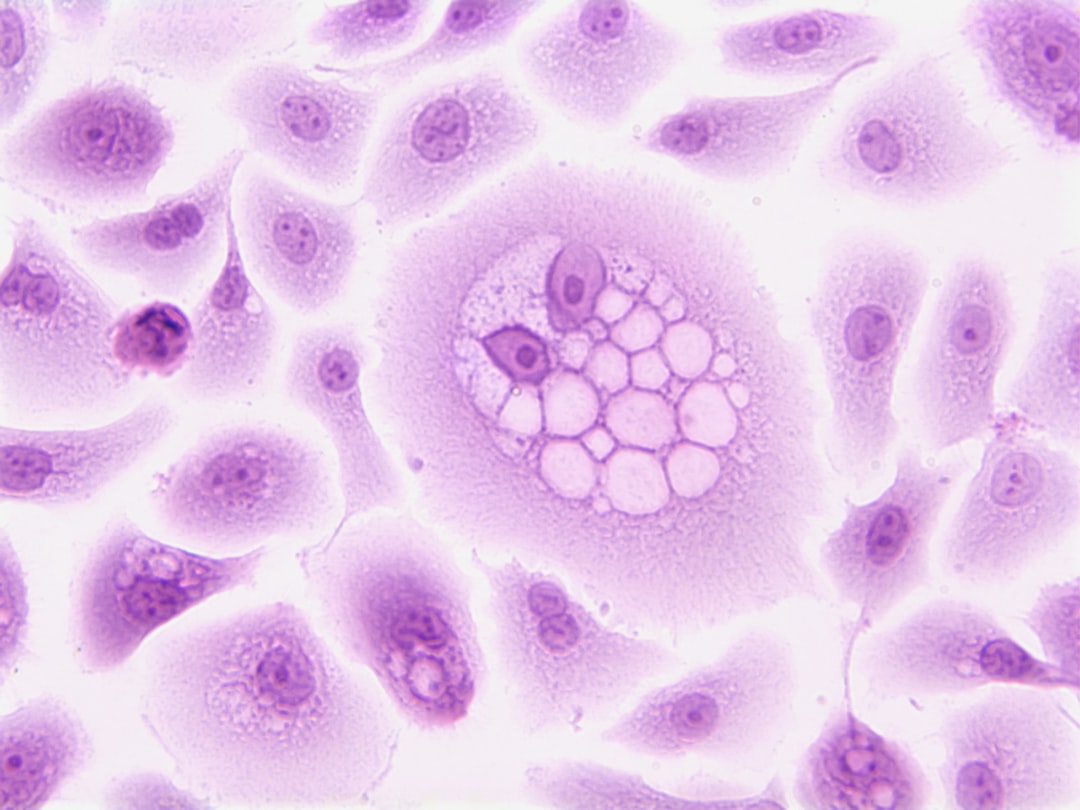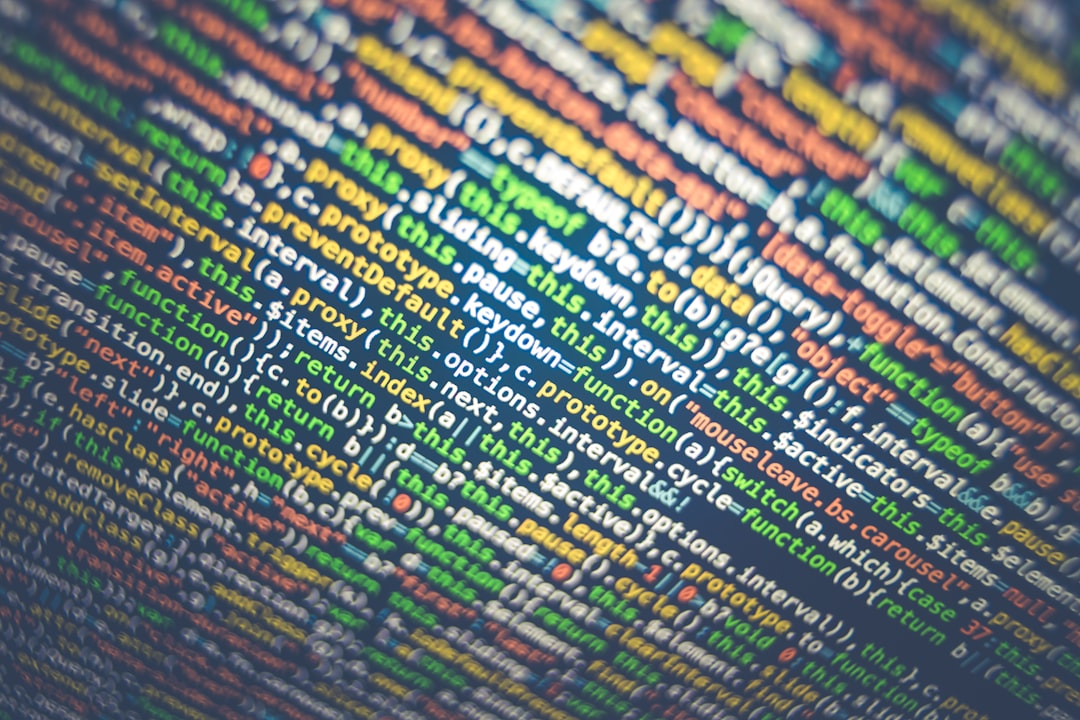What is it about?
An ongoing problem for DNA caseworking laboratories is analyzing forensic evidence containing cells (and therefore DNA) from multiple individuals. In this work we describe a potential method for differentiating cell populations from separate individuals based on the intensity of cellular autofluorescence at red wavelengths. Both inter and intra-contributor variation was analyzed. The results suggest that red autofluorescence of cell populations may be originate from a combination of intrinsic and extrinsic features to the cell.
Featured Image
Why is it important?
Forensic laboratories have a critical need for techniques that can separate cell populations from different individuals prior to DNA typing procedures so that unambiguous single source profiles can be generated from complex mixture samples. Fluorescent signatures such as the one described in this work may eventually be coupled to high throughput techniques like Fluorescence Activated Cell Sorting (FACS) to facilitate a cell separation workflow in forensic laboratories.
Read the Original
This page is a summary of: Analysis of red autofluorescence (650-670nm) in epidermal cell populations and its potential for distinguishing contributors to 'touch' biological samples, F1000Research, February 2016, Faculty of 1000, Ltd.,
DOI: 10.12688/f1000research.8036.1.
You can read the full text:
Contributors
The following have contributed to this page










